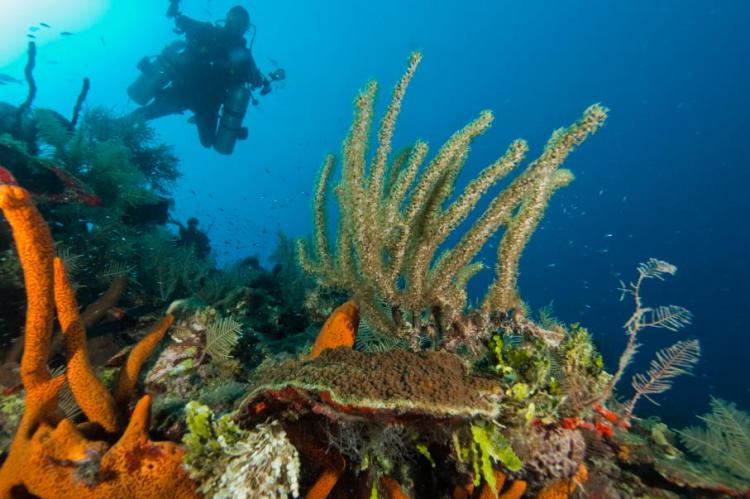Divers from the United States can now explore Cuba
Ocean Doctor, a nonprofit organization founded in 2004 by Dr David E. Guggenheim, has been granted a people-to-people license to run educational programs in Cuba for U.S. citizens
The United States partially imposed an economic embargo on Cuba in the fall of 1960. After Cuba nationalized the properties of U.S. citizens and corporations, the embargo was strengthened in 1962. From that time forward, U.S. citizens could not visit Cuba for tourism. They also could not do business or spend money there.
Many U.S. citizens do travel to Cuba by entering illegally from other countries. The U.S. Treasury Department’s Office of Foreign Assets Control does issue licenses for U.S. citizens to visit Cuba for humanitarian, cultural, religious and a few other special reasons. Journalists and professional researchers can get a license for work that will be published.
It is also possible for educational organizations to get a people-to-people license. The purpose of this is for U.S. citizens to have meaningful interactions with the Cuban people and communities. Now a people-to-people license has been issued that involves scuba diving.
Diving in Cuba
Ocean Doctor, a nonprofit organization founded in 2004 by Dr David E. Guggenheim, who has conducted research programs in Cuba for nearly 13 years, has been granted a people-to-people license to run educational programs in Cuba for U.S. citizens. Transportation from the United States will be handled by Marazul Charters, which works with a number of charter airlines that fly between the United States and Havana.
Avalon Cuban Diving Centers will be in charge of dive operations and all logistics in Cuba. Avalon is the only dive operation with a permit to operate in the national marine park, Los Jardines de la Reina (Gardens of the Queen).
National marine park
The tours are designed to educate U.S. citizens about conservation and ecotourism and how it affects the Cuban people and their communities. Participants will visit historic sites in and around Havana and will interact with Cuban scientists.
After leaving Havana, the group will travel south to visit and dive the national marine park. Christopher Columbus named the archipelago, which is located in the park, in honor of Queen Isabel of Spain. The Cousteau crew visited the area in 1985 on the famous research vessel Calypso. It is also rumored that both Castro and Che fished and might have even dived these islands.
In 1996, the 837-square-mile area became a no-take reserve—the largest in the Caribbean— and in 2010, was designated a national park. For several years, researchers from Ocean Doctor have been studying this area with the Cuban Center for the Study of Coastal Ecosystems and the University of Havana’s Center for Marine Research.
Getting to the marine park is an adventure. The journey from Havana starts at 5:30AM with a five-hour charter bus ride to the small fishing village of Jucaro. At the marina, participants board one of Avalon’s four liveaboard vessels or the water taxi for a three-hour boat ride to Tortuga, a floating hotel.
The marine park has an exceptionally healthy marine ecosystem. Coral and fish populations are abundant. Fish populations include black grouper, tarpon, Cubera snapper and mahi-mahi. The critically endangered Nassau and Goliath grouper are found in large numbers. The area also harbors an abundant population of Caribbean reef and silky sharks. In the fall, whale sharks migrate through the area.
Travellers will visit coral reefs, mangroves and secluded beaches, but this is by no means a vacation. Divers will interact with local researchers studying how ecotourism is improving the environment and the lives of local people and their communities. Proceeds from this program will be used to fund additional research and conservation efforts in Cuba.
The program is scheduled to start in late September 2013. For more information, visit: OceanDoctor.org/Gardens. ■


